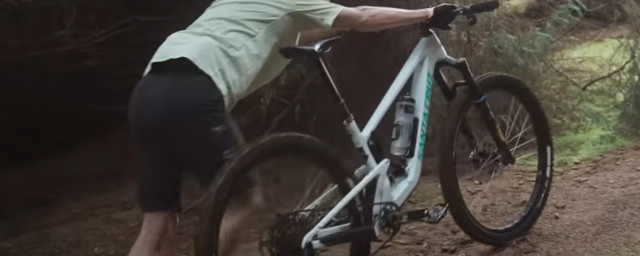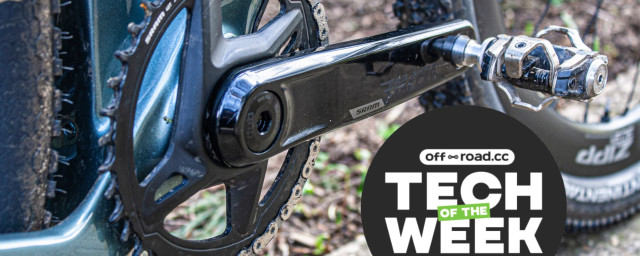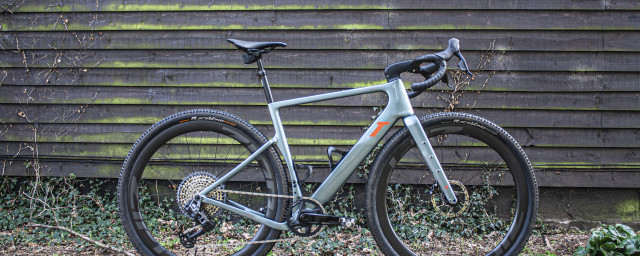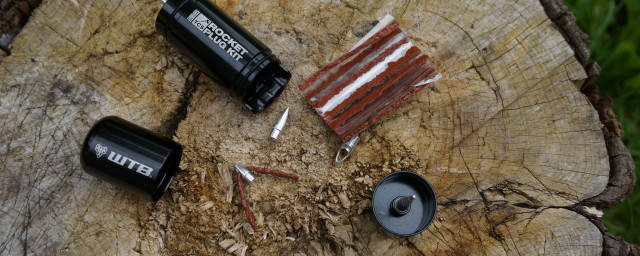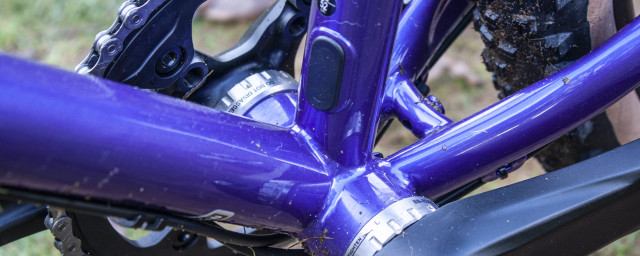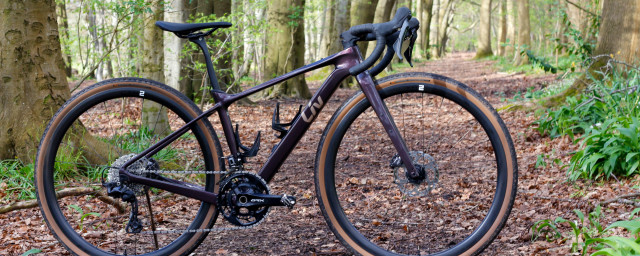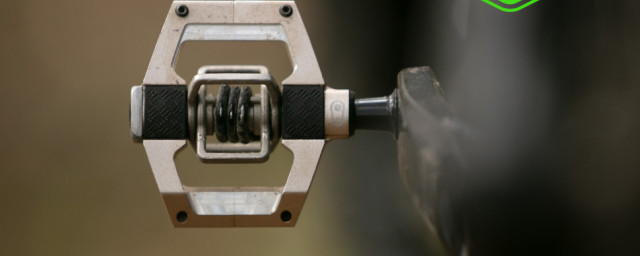The Sonder Sedona aims to be a fast, high-performance frameset with more aggressive geometry than the widely popular Camino frameset. Sonder has grown in popularity because of its excellent value for money and forward-thinking design. The Camino frameset was a great example of having stand-out geometry when it was initially released, at a period when other brands were little more than road bikes with extra tyre clearance. As a result, the new Sedona feels like a step backwards at times, with geometry that reduces its effectiveness in key areas and fails to highlight titanium's fundamental benefits as a material.
- Ribble Gravel Ti gravel bike review
- Canyon Grail AL 7 eTap gravel bike review
- Mason Bokeh 3 GRX review
"Quick, precise, and stable. Sedona is our gravel race bike designed for varied terrain speed." Is the opening sentence on the website, yet with gravel riding and racing covering such a wide range, what one person considers a race may be an adventure for another. With several bottle cages and extra mounts, could it be meant for multi-day races, or is it geared for shorter races?
Sonder Sedona GRX1– Technical details
The Sonder Sedona has a 3Al/2.5V titanium alloy frameset and characteristics that make it more than just a race bike. The main triangle contains two bottle cage mounts, a third under the downtube and an additional accessory mount on the top tube. The fork has three-port accessory mounting on both sides and the frame and fork have mounts for mudguards, which are not common on race bikes, titanium or otherwise.
Tyre clearance for the frame is said to be 45mm and all variants of the bike come with WTB Vulpine 700 x 40mm tyres, though they measure just a bit less at 39mm when mounted on the Sonder Alpha wheels. The measured frame clearance in the rear is 55mm, leaving some room for mud or simply wheel flex if you opt to max out with a 45mm tyre. The front provides more room, closer to 60mm measured space.
One change from the Sonder Camino titanium frameset is the use of SRAM UDH, which should make it easier to get replacement hangers if they are needed.
Our medium-sized test bike, without pedals or accessories, weighs 10.4kg, which is heavier than the claimed 9.8kg. Still, neither the claimed nor the actual weight is particularly light for a gravel racing bike. In comparison, the Ribble Gravel Ti that Suvi recently tested weighed 9.8kg, though it was a few sizes smaller.
The Sedona comes in four sizes, one less than the Sonder Camino Titanium frame and two less than the Ribble Gravel Ti.
The frameset incorporates internal cable routing with ports that allow you to use a double chainset or an internal dropper seatpost, and the rear derailleur cable passes through the tall section of the titanium strut rather than tubing, which helps boost tyre clearance.
Where does the geometry differ from the Sonder Camino Titanium bike? Based on a medium-sized frameset, the Sedona has a 2.5-degree steeper head tube (69-degrees vs 71.5-degrees), a shorter head tube and less standover. Other aspects of geometry, such as frame reach and BB drop, remain unchanged.
Sonder Sedona GRX1 – Specification
One big selling point for Sonder bikes in general is the level of customisation available with each model. There are eight base versions, each with a different groupset, including Shimano, SRAM and Campagnolo. Our test bike is the Shimano GRX1 single-ring chainset – but there is also a GRX2 double chainset option.
Customisation extends much further with numerous sections that can be changed; some for free, others for a small price. Starting with the handlebar, you can choose between the more road-oriented Sonder Hurricane or Spitfire models, the swept Bomber, Crest or even the Crest Cargo version, with multiple widths in each handlebar.
Stem length options range from 60mm to 120mm, with five distinct own-brand saddle options. Premium upgrades include the Cane Creek eeSilk seatpost and stem, Brooks saddle and bar tape, the possibility to install a RockShox Rudy Ultimate XPLR suspension seatpost and a carbon wheelset upgrade. If the options are too confusing, I am confident help is available either online or at one of the Alpkit stores around the country.
The one disappointment was that all models have an identical crankset length, which means a 172.5mm crankarms regardless of bike size for the GRX1. While this may be suitable for taller riders on larger bikes, with such build flexibility elsewhere, smaller riders may need to make an additional purchase. Other Sedona models, such as the SRAM Apex and Campagnolo Ekar, feature a 170mm size across the size range, showing it is most likely a cost decision, rather than any suggestion that 172.5mm will suit everyone. Alpkit suggested that it could substitute for a different length but this will not be an option available when ordering on the website.
Sonder Sedona GRX1 – Performance
Titanium, as a frameset, is known for its comfort and the Sedona helps show this off but not in the way you might expect. There is a noticeable difference in the front and rear comfort using the same tyre size and pressures that you would on a different material frameset.
The rear is fantastic with the smooth ride you hope for and the ability to take out the higher-frequency vibrations. Carbon as a material has come a long way and, when manufactured well, the comfort is as good but I have yet to ride a carbon frame that has the same special ride quality as titanium. The front of the bike highlights this perfectly with the carbon fork less able to soak up the vibration and, while it isn’t uncomfortable, it creates a noticeable difference from front to rear.
The bar tape is basic and lacks padding and this would be a very low-priced upgrade to both increase comfort and increase grip and control. The Sonder Spitfire handlebar fitted as standard is basic, with a road-style drop and narrow diameter tubing.
There is some noticeable flex, especially when climbing or pedalling harder out of the saddle. It potentially stems from a mix of factors including lateral flex through the frame bottom bracket area and the basic wheels but, considering the price point and the balance of the build, it is perfectly acceptable. The freehub pick-up felt slow and the 21mm ID rim may be part of the reason why the tyre size size comes in under 40mm. That said, unless you are racing seriously it isn’t something I would be rushing out to change immediately.
The Sedona has been designed as a race bike, so you would expect some fast-rolling tyres and the WTB Vulpine 700x40s do the trick giving a good performance for smoother roads and tracks. They do size up small and the tightly packed tread collects mud quickly if you do end up riding through anything slippery – but they work brilliantly on more hardpacked and surfaced roads.
On non-technical terrain and terrain that isn’t too steep, the handling is sharp and precise but with test rides on all styles of tracks the combination of relatively narrow tyres and the steeper geometry did make it feel more difficult on some sections, and quite slow at times.
The frameset has all the mounts, so I did a few rides with the bike setup for a longer ride with bikepacking bags, and using mounts such as a Tailfin fork pack and frame bag. Gravel riding and racing have such a broad meaning that this could quite easily be the bag setup likely to be used on a multi-day ultra-endurance event.
The seat tube has a small bend and, because of this, the bottle cage needs to be mounted higher up the tube. It has the downside of creating wasted space under the cage if you are using the bike for longer adventures and want to maximise bag space. One possible option could be fitting a Wolftooth B-Rad mounting base to lower the cage, although the bend in the tube may cause the bottom of the cage and mount to protrude.
The Shimano GRX combination groupset is fantastic and there are no flaws here. The brakes are sharp, powerful and well-modulated, and the shifting is slick and sharp. If the range isn’t enough, Sonder provides the GRX2 model to consider at the same price.
Sonder Sedona GRX1 – Verdict
The Ribble Gravel Ti is a bike with many similarities with the lowest price Sport model, fitted with Shimano GRX RX610 currently £2,399. The geometry has a size-specific headtube angle between 70-degrees on the XXS to 72-degrees on the XL. The medium-sized frame for each bike shares very similar geometry with identical seat-tube and head-tube angles.
Both the Ribble and Sonder stand out against almost all other titanium frameset manufacturers, creating full bikes at a price that is often lower than many frameset-only options. Suvi also tested and recommended the Landrace Tupelo and the Enigma Edge frameset is similarly priced at £2,777.
The biggest rival to the Sonder Sedona could be the Camino frameset, which offers an almost identical build and similar customisation but a slightly more relaxed geometry that makes for a more adaptable and slightly more capable bike. The purest of racers might prefer the sharper handling of the Sedona but, for those serious gravel racers, titanium is unlikely to be the material of choice – there are stiffer and more responsive carbon frames.
The Sedona is an excellent bike, priced competitively with customisation possible to make it more individual than almost all main brand offerings. It isn’t without its flaws but most are fixable. Is the Sedona a race bike? Well, it depends on what you plan to race. If you are heading to Kyrgyzstan to tackle the Silk Road Mountain Race it could be great but if you aim to qualify and be on the start line for the UCI Gravel World Championships in Belgium this year, it's probably not going to make your shortlist.











